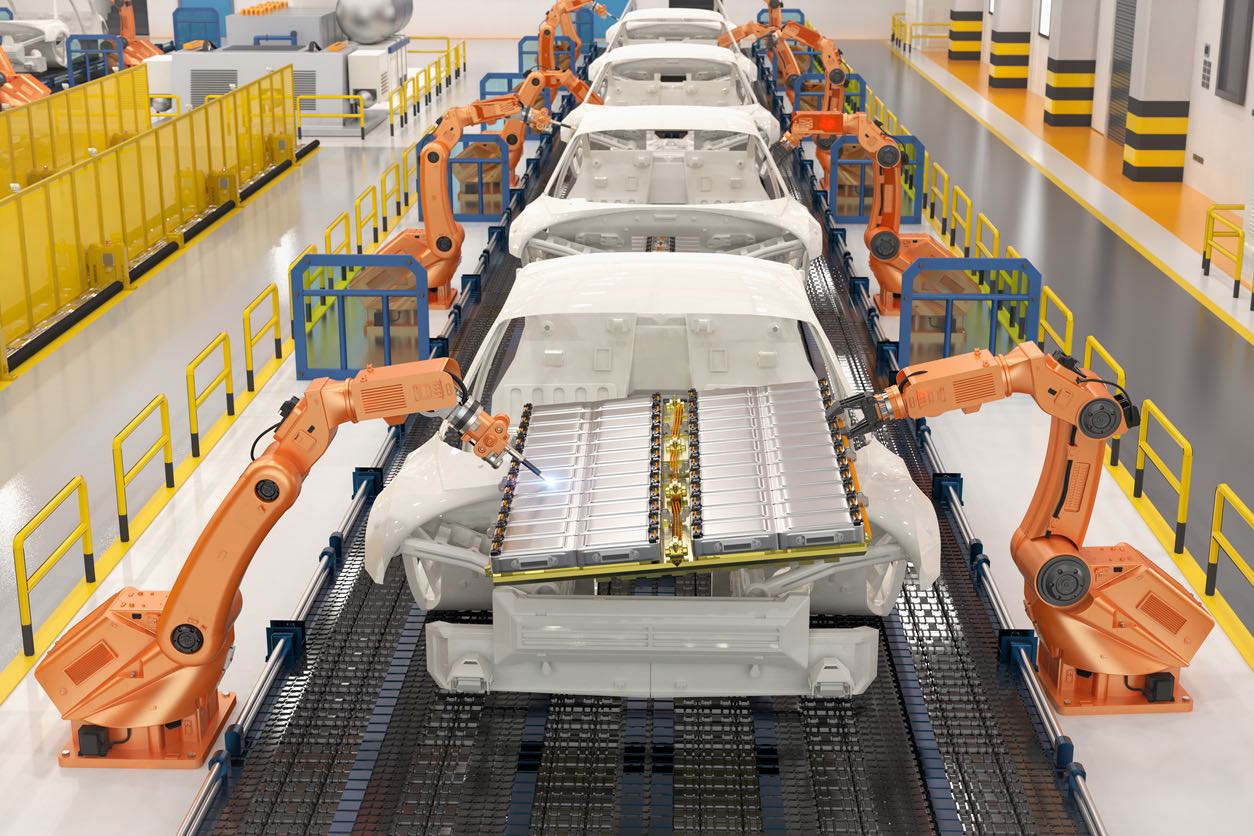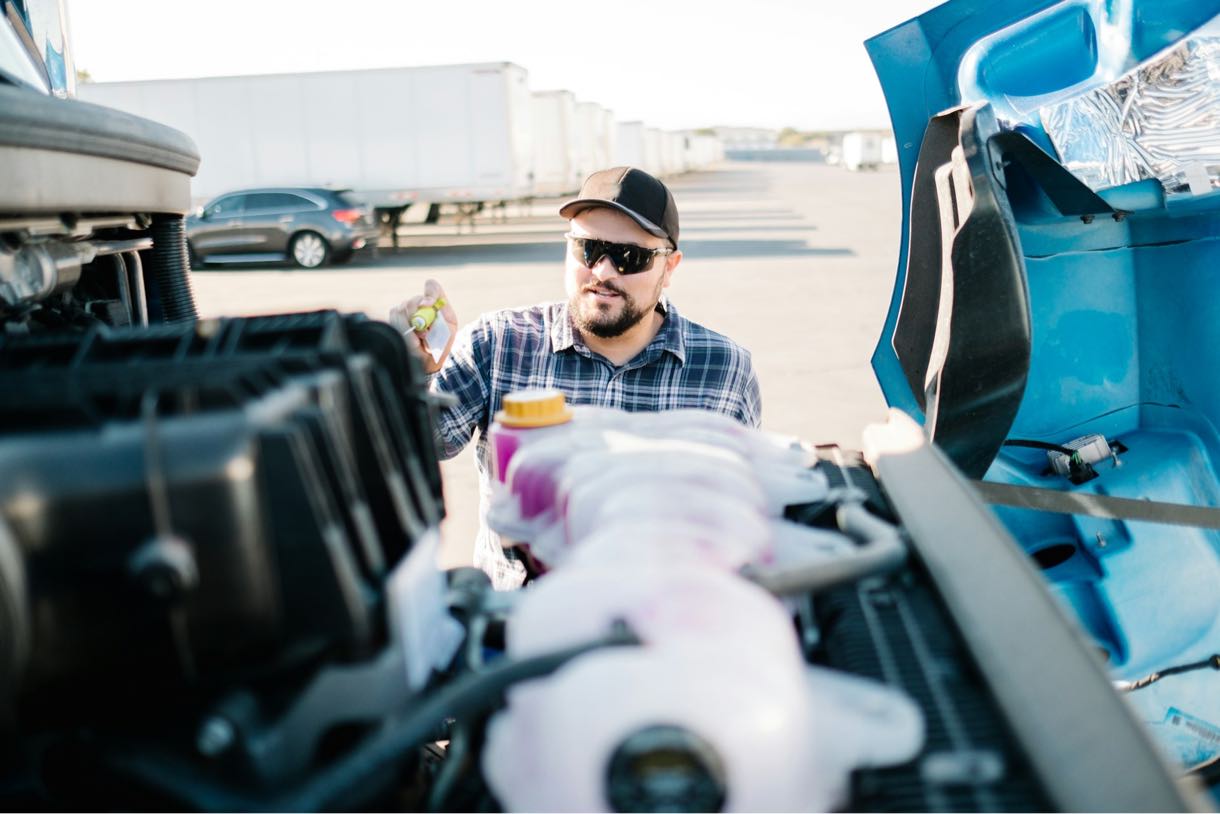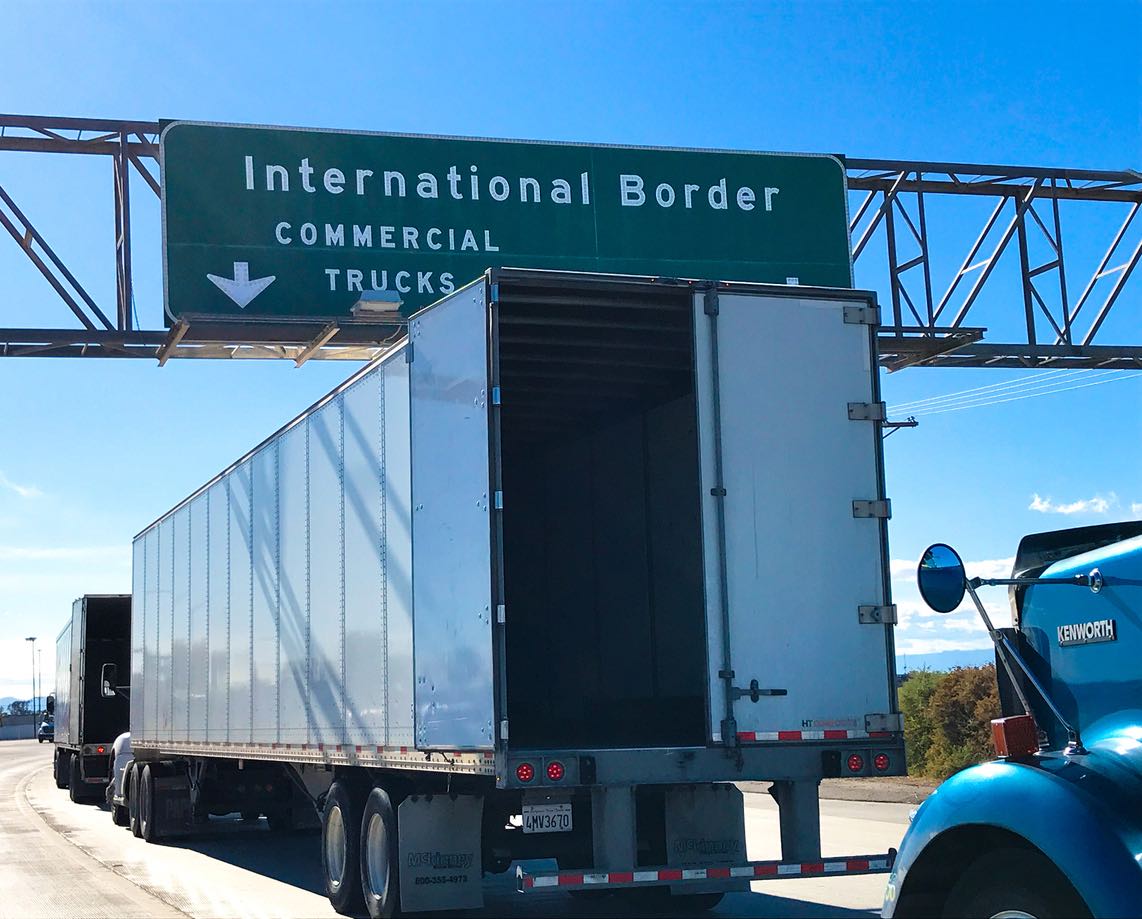Battery-electric vehicles (BEVs) have been hailed as the future of sustainable transportation. The transformation is not without its difficulties as more businesses plunge fully into this revolution in an effort to counter the environmental effect of conventional gasoline-powered automobiles. Battery fires are one big hazard that has lately surfaced.
A growing brand in the electric vehicle (EV) sector, Nikola, has revealed its choice to recall 209 Class 8 battery-electric trucks. This choice was made in response to two terrifying battery pack fires. Such events not only damage the reputation of a brand but also raise questions about the general safety of electric vehicles.
There is more cause for alarm than just Nikola. Similar problems have been seen by a number of other industry titans in the truck industry, leading to recalls and generating much debate about the dependability and safety of BEVs. This article dives deeply into the complexities of the recent fires involving Nikola’s vehicles, revealing the causes of the fires and the action taken by the business to protect customers.
The actions taken by Nikola and other manufacturers to solve these issues will be revealed as the story progresses, and we’ll also look at the larger effects these accidents could have on the future of the EV industry. This thorough research gives insightful information for anybody interested in electric vehicles, including Nikola truck owners, potential investors, and general consumers.
Let’s start this trip now by talking about other vehicle makers who are in a situation similar to Nikola’s.
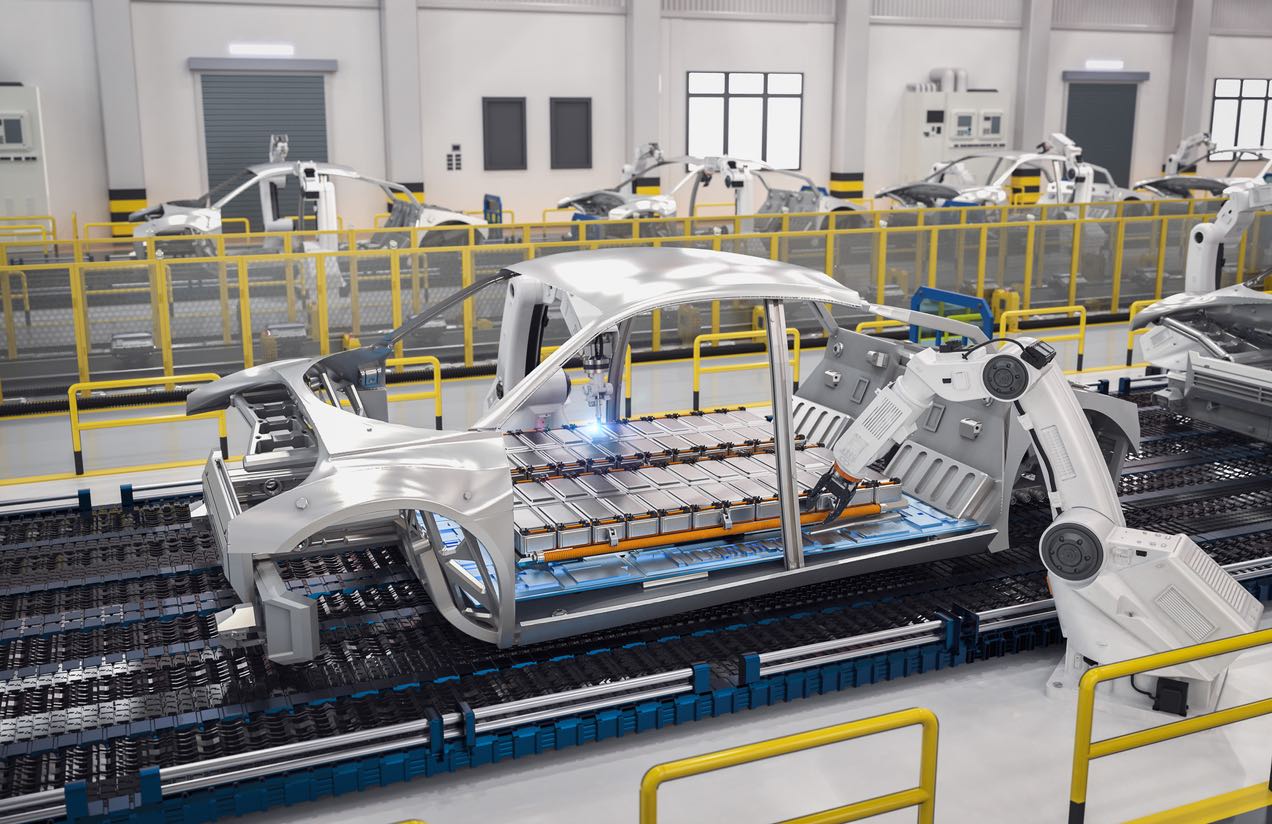
Although intriguing in terms of its potential to change our transportation scene, the world of electric cars is still in its infancy. Unexpected difficulties can occur in an innovative sector, as they often do. Nikola’s most recent recalls reflect widespread concerns, as are those of other significant truck manufacturers.
Volvo’s Initiative for Recall A major player in the automobile industry, Volvo Group North America, recently took initiative to address concerns about battery fires. In particular, 172 of their Volvo VNR Electric trucks were the subject of the recall. In addition, nine Mack LR Electric battery-powered trucks were recalled by the business. It’s important to note that these vehicles span the model years 2019 through 2023, indicating issues that go beyond simply the most recent production runs.
Reasons Recalls Matter A serious safety problem is at the heart of these recalls. Even though battery fires are uncommon, they can nonetheless present serious risks to both the environment and the people using the vehicles. Additionally, such events may have a domino effect that discourages the public from adopting electric vehicles and results in unfavorable impressions. Companies like Volvo and Nikola are scrutinized in this era of rising consumer awareness, and how they respond to these issues plays a critical role in defining their brand story.
The Bigger Picture It’s crucial to realize that, although being alarming, these recalls are a necessary part of a bigger industry’s growing pains. These worries will probably be more successfully addressed as technology develops and more money is spent on BEV safety studies. For the time being, the priority is on immediate safety and making sure that customers are safeguarded from any risks.
While Nikola and Volvo’s recall campaigns are in the news, it’s important to go deeper into the occurrence that happened to Nikola in order to comprehend the underlying reason and the company’s following measures. The entire analysis of the June 23 fire, which served as the impetus for Nikola’s significant recall, is provided in the following section.
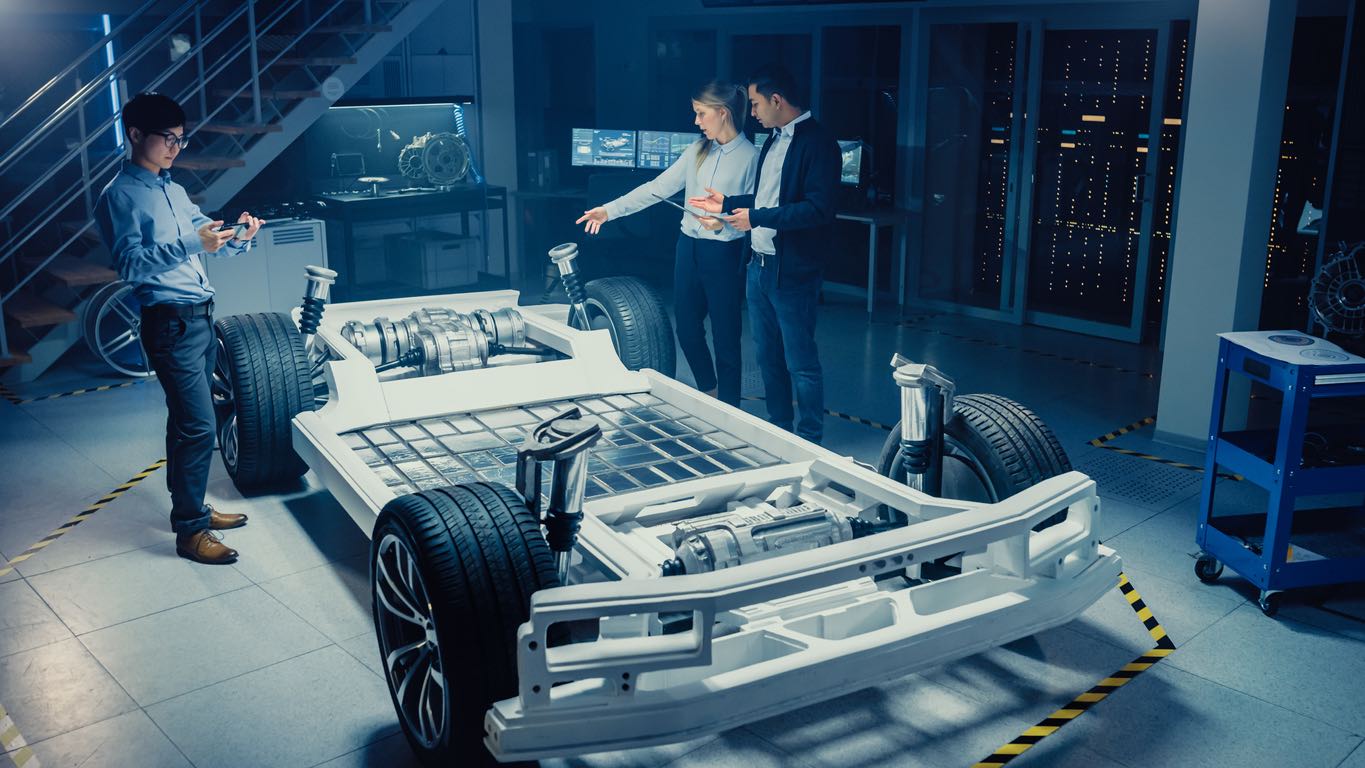
Every significant recall or safety issue has a beginning. On June 23, when one of their trucks caught fire, Nikola experienced that crucial turning point. Understanding this situation became essential as red flags started to appear, not just for Nikola’s image but also for the larger electric car community.
Initial Suspicions and Conjectures After the fire on June 23, rumors were flying about everywhere. Four other trucks sustained damage as a result of the one vehicle that caught fire. Nikola suggested that there may have been mischief in the midst of the confusion and worries. While typical in situations of unanticipated breakdowns, such suspicions needed careful research to either confirm or disprove.
Expert Participation and Conclusions Reached By ordering an internal probe and working with the safety consultancy Exponent to ensure objectivity, Nikola made a good move. The results of the inquiry disproved all allegations of malice. Instead, they discovered a coolant leak within a single battery pack as the cause of the incident. When it was discovered that this one fault might wreck havoc on several automobiles, the size of such a leak became clear.
A Further Examination of the Error The problem’s root was identified after more investigation by Nikola’s safety and technical teams: a component from a single supplier. It was essential to understand this since it not only assisted with the current issue but also revealed prospective supply chain risks. It is a difficult task to guarantee that each and every part of a vehicle is error-free, but as this occurrence demonstrated, it is a crucial one.
Why It’s Important Trust is crucial in the developing world of electric automobiles. Customers need to feel secure in their safety before switching from conventional gasoline automobiles to their electric counterparts. This confidence may be damaged by incidents like the June 23 fire, making the accompanying investigations and corrective actions all the more crucial.
The tale doesn’t stop here because we now know the underlying reason. The succeeding fires, each requiring attention and response, showed that Nikola’s difficulties persisted. The events of our next part are covered in depth, giving readers a complete picture of Nikola’s experience with battery fires.
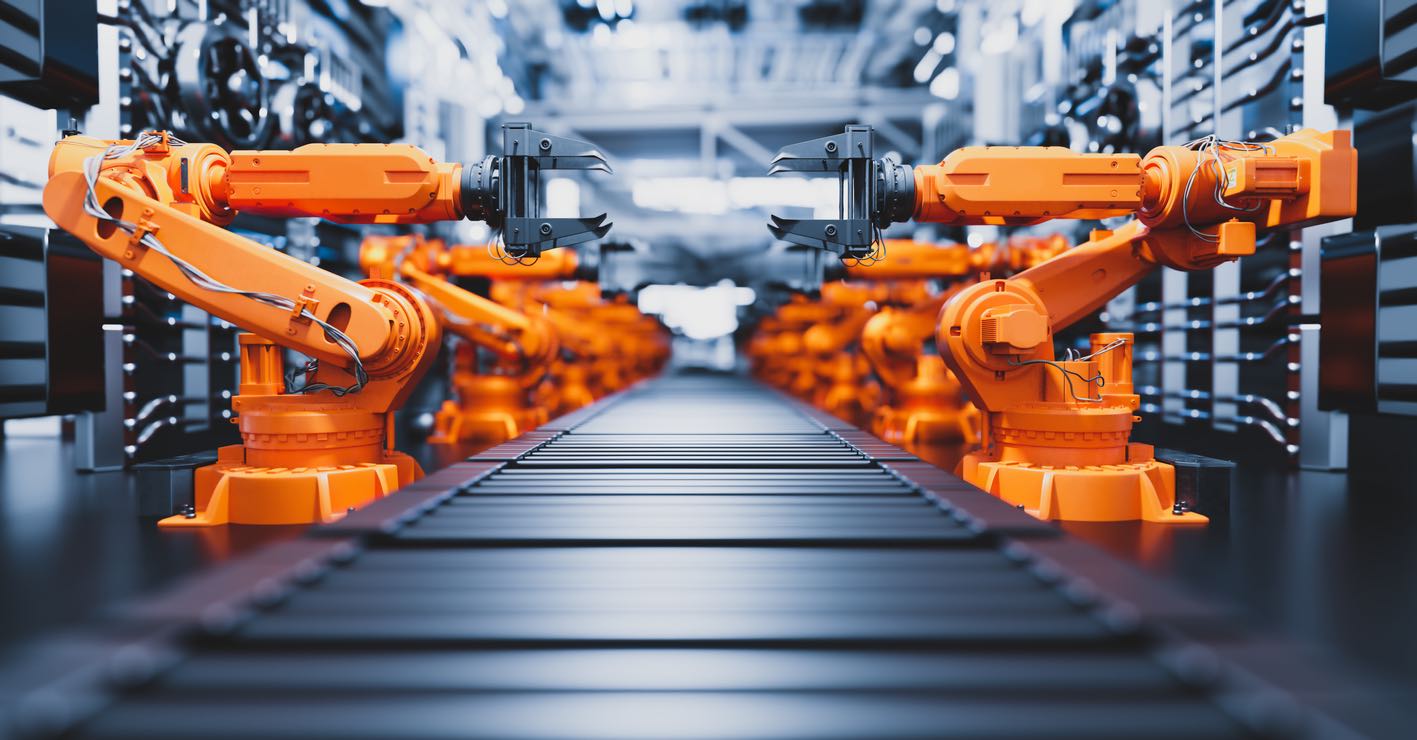
Rapid and successful answers can be the difference-maker in a crisis. The incident on June 23 was just the start for Nikola; later incidents put the business to the test and put its dedication to safety to the test.
Phoenix’s Second Ignition The exact vehicle that had caught fire at Nikola’s Phoenix offices one month earlier caught fire again on July 23. Even the name “re-ignition” sounds unsettling, suggesting unsolved difficulties and escalating worries about the vehicle’s intrinsic safety. Fortunately, this fire was quickly contained and put out. However, for a company like Nikola, even small-scale mishaps may highlight the pressing issue of “Are battery-electric vehicles safe?”
Another Flame in the Story: The Coolidge Incident A few days later, Nikola’s factory in Coolidge, Arizona experienced another fire incident. An engineering validation truck’s battery pack was damaged, which resulted in what the business called a “minor thermal incident.” Fortunately, no injuries were sustained during this incident, unlike the Phoenix re-ignition. Even yet, the fact that it happened so quickly after the earlier occurrences revealed a trend that required rapid attention.
Public Opinion and Brand Perception Repeated occurrences may harm a company’s reputation, especially if it operates in a field as innovative as electric automobiles. Customers, investors, and other stakeholders want confirmation that safeguards are in place to stop such incidents from happening again. Every fire and smoke plume raises doubts about the dependability of the brand.
A Proof of Nikola’s Dedication Despite a string of regrettable incidents, it’s critical to acknowledge Nikola’s dedication to security and openness. In the aftermath of these occurrences, their willingness to suspend BEV sales and start recalls demonstrates that they place the safety of their customers above all else.
After gaining an understanding of the sequence of events that led to Nikola’s choice to be recalled, the next sections will explore the administrative and logistical facets of these recalls, providing a fuller perspective of how such significant decisions are made.
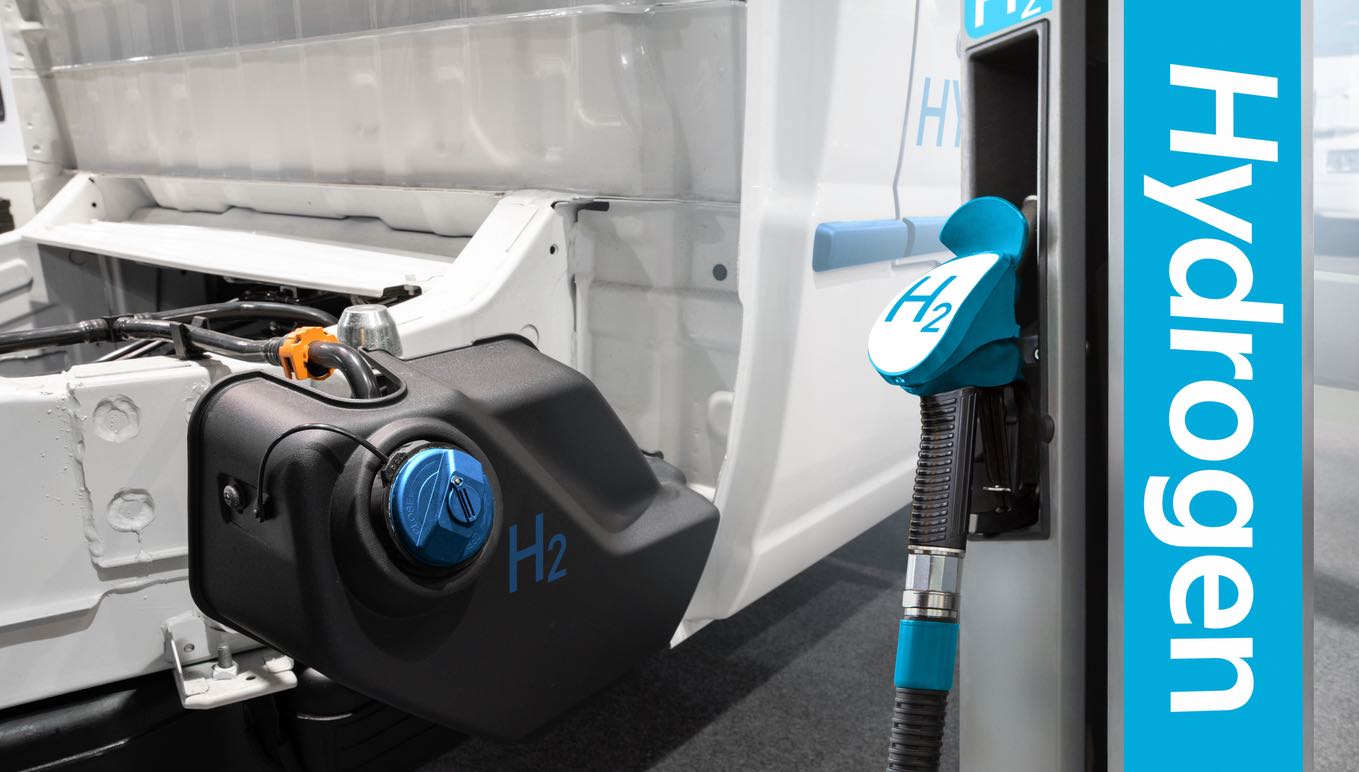
Recalls in the automobile industry include more than just addressing problems; they also involve carefully navigating regulatory systems. This section goes into the administrative actions Nikola conducted, highlighting the significance of regulations and the business’s responsibility to customers and the law.
The National Highway Traffic Safety Administration (NHTSA) has a Role to Play The NHTSA is crucial when it comes to automobile recalls in the US. This federal organization makes sure that automakers follow safety regulations, and it is to them that businesses must disclose any possible safety flaws.
Timely Reporting by Nikola Nikola swiftly prepared the required recall paperwork for the NHTSA, displaying its dedication to regulatory compliance. Companies are required to notify any safety fault within five days of discovery, according to a strict regulation. By sticking to this schedule, Nikola not only complied with the letter of the law but also demonstrated that safety comes above any potential PR issues.
State Girsky, the CEO,’s Commitment During crises, leadership is crucial for establishing the tone for the organization’s reaction and influencing public opinion. In a press statement, CEO State Girsky underscored Nikola’s commitment to openness and prompt updates. Such open communication from the company’s senior management greatly reassures stakeholders and customers.
The Greater Consequences of Reporting Recall reporting may appear to be only a formality on the surface, but its significance cannot be overstated. It sends a message to the public that the firm is aware of possible problems and is acting decisively to resolve them. Additionally, it makes sure that there is an official record of such instances, enabling examination and responsibility in the future.
What transpires to the autos as Nikola navigates the recall procedure? What precautions is the business advising to its customers during this time? The explanation of Nikola’s interim suggestions is included in the next section.
There is a critical time where temporary fixes and safety precautions are necessary between the discovery of a flaw and its resolution. In light of the recent accidents, this section will examine Nikola’s urgent suggestions for their battery-electric trucks, highlighting the company’s pro-active strategy.
Maintaining Service with a Disclaimer Nikola emphasized that despite the recent accidents, their vehicles may continue to be used. They did, however, stress a crucial caution: Clients and dealers should turn the primary battery disconnect to the “on” position. Even though this action can appear simple, it is important. Nikola intends to proactively detect and fix possible faults by providing real-time vehicle monitoring and maintaining the performance of safety systems.
Historical Perspective: The GM OnStar System In the past, vehicle tracking has been helpful in spotting and reducing possible problems. The OnStar system from General Motors in 2014 is a prime example. The technology remotely scanned gasoline-powered vehicles for software errors that, if ignored, might cause them to overheat dangerously while idle. What’s the meaning? Following eight reported fires, GM finally recalled 370,000 trucks by using the monitoring insights. It is evidence of the effectiveness of in-the-moment monitoring in preventing possible catastrophes.
Parking Guidelines: Protection Against the Spread of Fire Another of Nikola’s suggestions involves parking the vehicles outside, a straightforward but effective safety measure. Why is this important? An outdoor location may be able to stop a fire from advancing to surrounding infrastructures in the case of a fire, reducing damage and hazard. This precaution, which is frequently included in fire-related recalls, demonstrates Nikola’s emphasis on prevention.
The Goal of Temporary Measures Between the identification of an issue and its final resolution, interim recommendations fill the gap. They provide businesses with a means of maintaining safety in the face of uncertainty. They remind customers that the business is making an effort to find answers, even if a long-term solution isn’t yet accessible.
While Nikola’s prompt reactions and temporary solutions offer some clarification, what about the elements at the core of the problem? The following piece goes in-depth on the battery packs in concern, explaining how they came to be and what the latest fires mean for production going forward.
These contemporary wonders include complex systems and parts underneath the chassis, each of which contributes to how well the car performs. A single item, the battery pack, in especially those made by Romeo Power Inc., is at the focus of Nikola’s current problems. Let’s examine this link in detail and see how important it is to the current predicament.
The Purchase and Its Consequences Acquisitions frequently indicate a company’s strategic orientation, and Nikola’s $144 million all-stock acquisition of Romeo Power Inc. in August 2022 was no exception. This action signaled Nikola’s intention to have a stronger hold over its battery supply chain, which meant that it meant more than simply financial statistics. But like every acquisition, it had its own set of difficulties and obligations.
Production Shifting to Coolidge Nikola strategically decided to move Romeo’s manufacturing from California to its Coolidge factory in Arizona after the acquisition. Such relocations represent a company’s dedication to integrating and maximizing its recently acquired assets and go beyond simple logistical difficulties. This choice, however, also meant that any problems that developed during the changeover time would have a direct influence on Nikola’s business operations.
Change in the Production Focus Nikola made the decision to temporarily cease its normal BEV manufacturing since the recent occurrences have put a shadow on the battery-electric cars. The business is now concentrating on hydrogen fuel cell automobiles. Although this change highlights Nikola’s adaptability, it also raises concerns regarding the manufacture of its battery-electric vehicles in the future. Along with these adjustments, the business is also in the process of selling off Romeo’s assets, which raises the possibility of a reorganization.
Considering the Seriousness: Fire Incidence Rate Numbers may frequently shed light on the scope of a problem. Nikola emphasized that just two of the 3,100 packs that have been deployed in their vehicles to date had been connected to fire occurrences. This provides perspective on the rarity of these occurrences since it corresponds to less than one-tenth of 1%. However, even infrequent occurrences can have a significant impact, particularly when everyone’s safety is at risk.
After examining the intricate details of the battery packs and their manufacture, it is crucial to comprehend the larger industrial environment of Nikola. The distinctions between Nikola’s battery-electric and fuel cell trucks are highlighted in our next section, which provides further information about the company’s whole line of products.
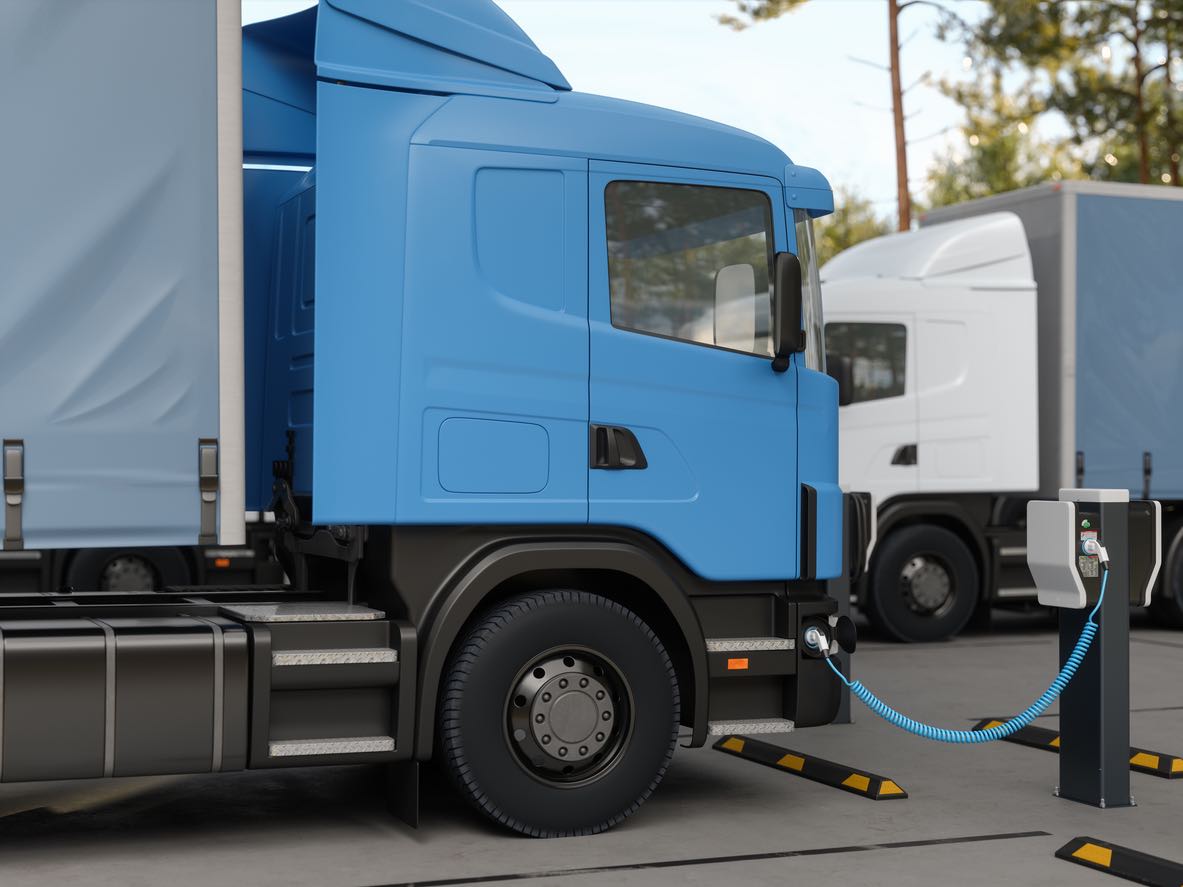
A company’s portfolio frequently reveals a great deal about its mission, goals, and talents. Nikola’s fleet of vehicles, which includes fuel cell and battery-electric trucks, demonstrates its commitment to environmentally friendly transportation methods. This section gives a clear image of the vehicles that make up Nikola’s fleet while highlighting their differences and possible benefits.
The Heart: Trucks that Run on Batteries Nikola’s efforts to promote sustainable mobility are led by battery-electric vehicles (BEVs). These zero-emission vehicles, which are powered only by batteries, have been instrumental in establishing Nikola as a forward-thinking carmaker. However, there are legitimate worries about their safety in light of previous instances. In addition to reassuring customers, addressing these issues reinforces Nikola’s dedication to innovation without sacrificing safety.
Future Trucks Will Use Fuel Cells The next step in environmentally friendly transportation is represented by hydrogen fuel cells, and Nikola is eager to enter this market. Their fuel cell vehicles include two Proterra Inc. battery packs, while the battery-electric versions additionally feature nine Romeo packs. These vehicles represent a new future in which hydrogen, a plentiful element, may be used as the main fuel. Although they are still in the early phases of development, they have immense promise and seem to provide BEVs better ranges and quicker recharging periods.
Battery Packs Across Models: The Interplay It is interesting to note that while BEVs have drawn criticism, Nikola’s fuel cell vehicles also have battery packs. The difference is in the quantity and kind of packets utilized. Understanding how these factors interact makes it easier to see the bigger picture and ensures that problems with one product line are not automatically applied to others.
A Tightrope Act of Balancing The car lineup for Nikola shows how a business is juggling the positive and negative effects of innovation. On the one hand, a future that is cleaner and more sustainable is promised. On the other hand, there are the unavoidable difficulties that come with advanced technology. Nikola can both address current issues and create the groundwork for future triumphs by walking this tightrope with openness and dedication.
It’s time to move on from our investigation now that we have a firm idea of Nikola’s product line. Prior to that, it’s critical to comprehend how other stakeholders, in particular customers, might safeguard their safety in the face of these advancements. Best procedures for customers during car recalls are discussed in our following section.
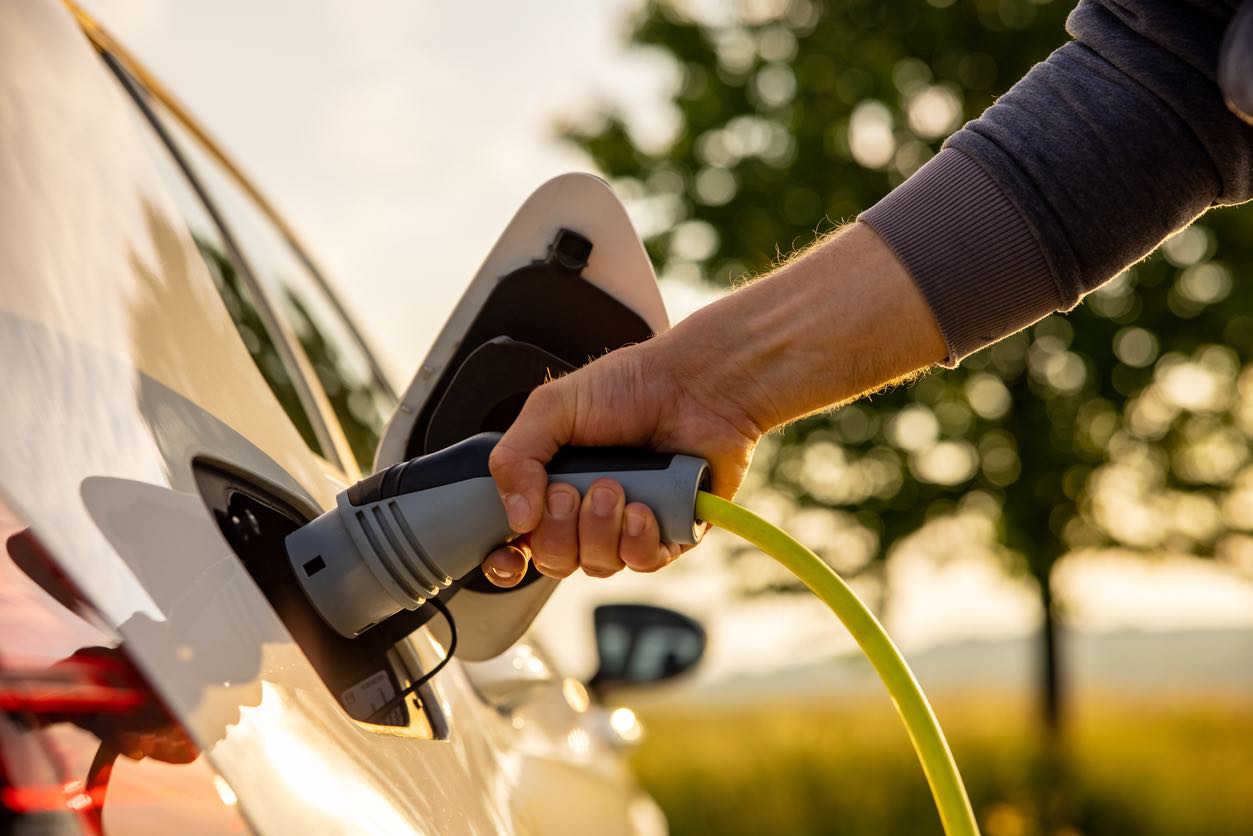
Safety comes first when the rubber touches the road. The latest recalls not only pose difficulties for Nikola but also highlight important issues for customers. How is the best way to react to such recalls? What are the safest procedures to follow? The information in this area illuminates the confusing world of automobile recalls for customers.
Understanding the Purpose of the Recall Recalls can vary in impact and seriousness. Knowing what is at risk is the first step. Concerns for Nikola center on certain battery packs that make up a small portion of their overall output. Understanding the specifics of the recall can help customers approach the issue more logically and make wise judgments.
Engaging the Manufacturer Actively The secret is proactive communication. Along with announcing the recall, Nikola also gave its customers instructions. Engaging with the business, paying attention to their updates, and acting quickly on any instructions guarantees safety and speeds up the recall procedure.
Parking Guidelines for Greater Safety Nikola’s idea to park the vehicles outside is more than simply a suggestion. It is based on the idea of reducing possible harm. Parking outdoors can stop any unintentional fire from damaging surrounding properties, particularly during recalls linked to fire concerns. While heeding such advice may seem unimportant, it can have significant effects on safety.
Monitoring by Using Onboard Systems Onboard monitoring systems are one of the technical wonders seen in modern automobiles. It’s not only about employing technology; Nikola suggests turning the primary battery disconnect to the on position to enable real-time vehicle monitoring and safety system activation. This will increase safety. By adhering to such recommendations, consumers are guaranteed to be informed and prepared to act quickly in case something unexpected happens.
It’s time to bring everything together now that we’ve navigated the convoluted paths of Nikola’s memory and comprehended its consequences from a variety of perspectives. The voyage will be summed up in our last segment, which will reflect on the most important lessons learned and what they mean for the larger automotive industry.
In the automobile sector, there is a delicate dance between innovation and safety that requires ongoing balance. Challenges are inescapable when businesses like Nikola push the limits of what is feasible with sustainable transportation. This recall, which was initiated due to issues with particular battery packs, serves as a reminder of the value of caution, openness, and prompt action in preserving customer confidence.
As a Reality Check, Recalls The decision by Nikola to recall its vehicles puts to light a crucial truth about the automobile industry: No innovation happens without its fair share of difficulties. However, a company’s resiliency isn’t gauged by the presence or absence of issues, but rather by how it handles them. Nikola reaffirms its dedication to its customers and the larger industry by proactive communication and open action.
A Gleaming Future While the current state of affairs is concerning, the future of battery-electric and hydrogen fuel cell cars is still bright. These alternative modes of transportation are still in their infancy, and like any emerging technology, they will inevitably have growing pains. The key to overcoming these obstacles and achieving the promise of a cleaner, greener future rests in learning, adapting, and developing.
A Forward-Looking Collaboration Sustainable transportation is a journey that involves many people. Collaboration between producers, customers, authorities, and other interested parties is necessary. This incident serves as a reminder that difficulties may be turned into stepping stones for a better future when all parties cooperate with openness, tolerance, and a shared dedication to security and advancement.

Trust and dependability are crucial when shipping vehicles, especially during recalls. The most outstanding car shipping company in the US is Ship A Car, Inc. (SAC – www.shipacarinc.com) They make sure your car is delivered securely, effectively, and without a hitch because to their painstaking attention to detail, extensive network, and unshakable dedication to client satisfaction. When faced with difficulties and in need of a partner you can rely on, Ship A Car is the name to know.
1. What prompted Nikola to recall its battery-powered vehicles? Following two battery pack fires, Nikola decided to recall about 209 Class 8 battery-electric vehicles (BEVs). Investigations identified a coolant leak inside of a single battery pack as the root cause, with a specific supplier component likely to blame.
2. What has Nikola advised for the recall’s safety of its trucks? While the vehicles may still be used, Nikola has suggested that consumers and dealers should turn the primary battery disconnect to the on position. This makes it possible for safety systems and real-time vehicle monitoring to operate. Furthermore, it is advised to park the vehicles outdoors to avoid any fires from impacting surrounding structures.
